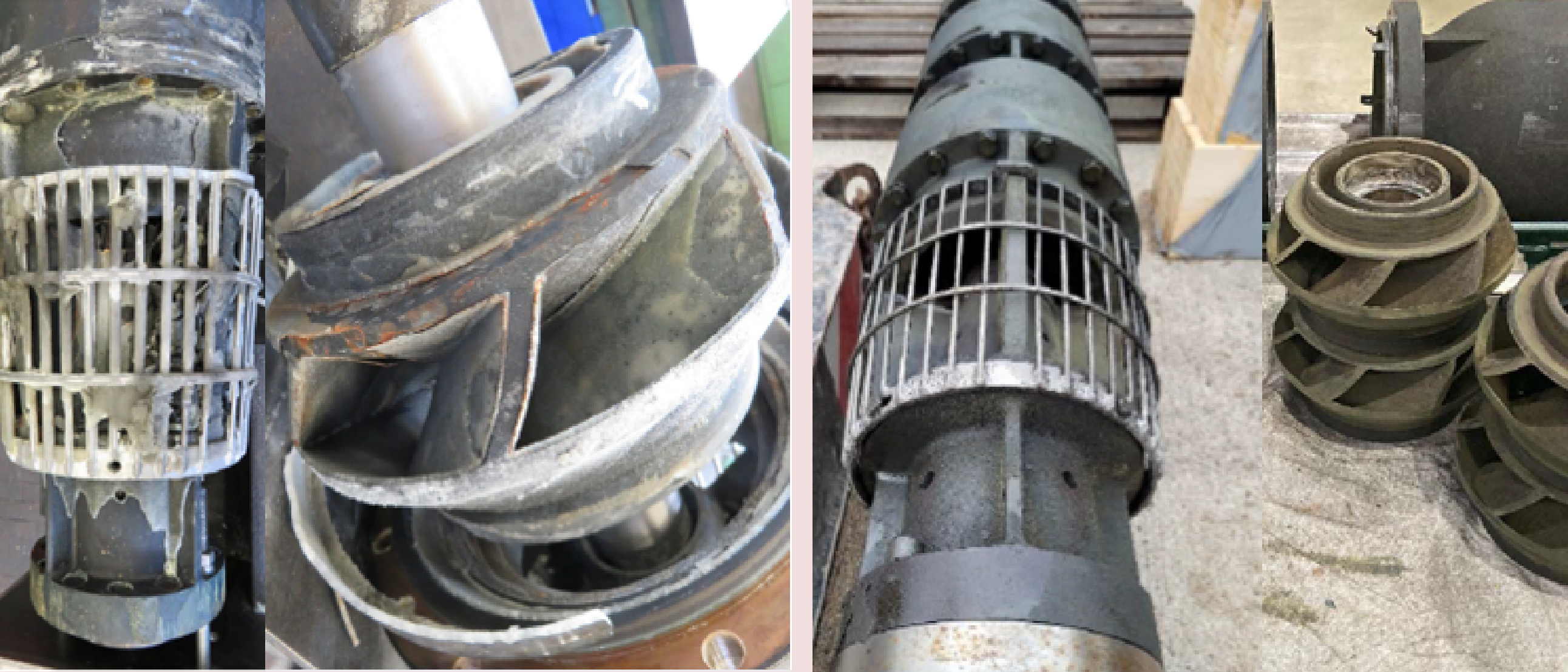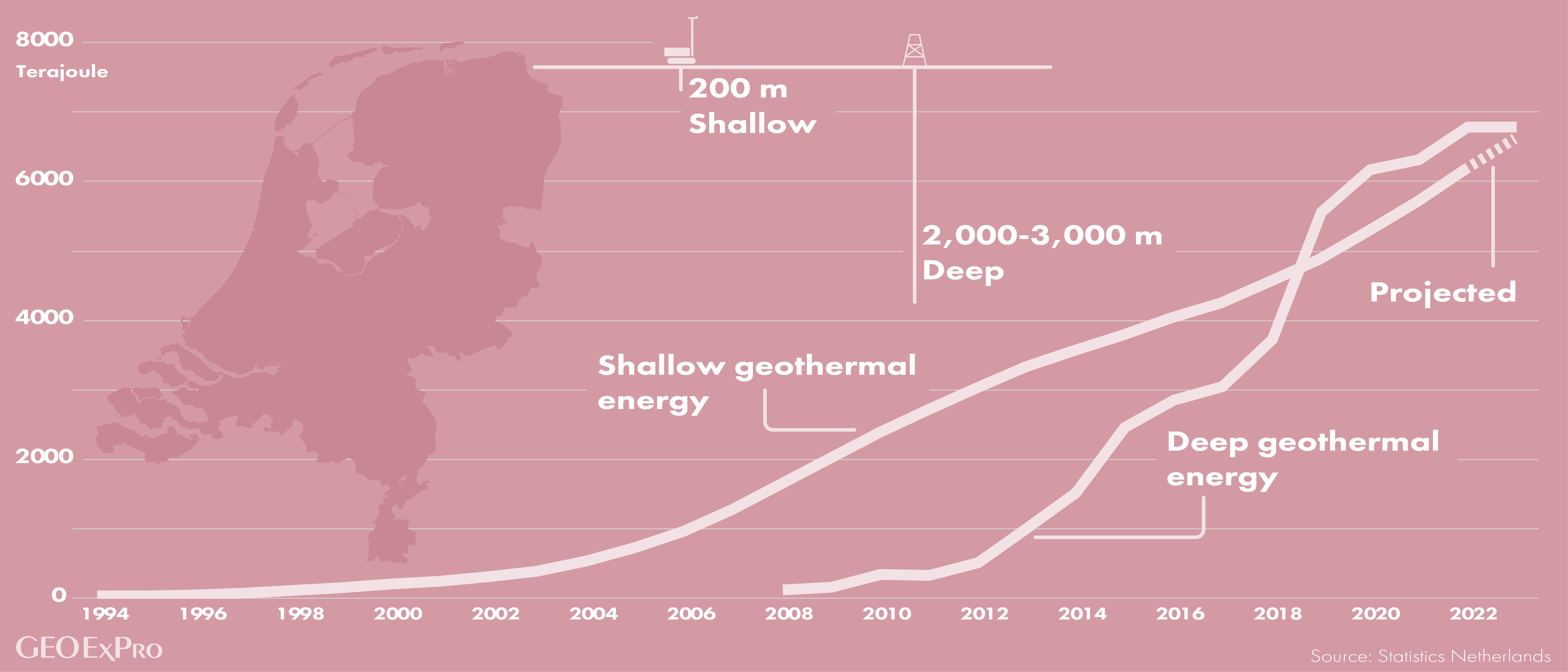The Munich area in the south of Germany is situated in a genuine hot spot when it comes to geothermal energy production. Karstified Upper Jurassic carbonates have already formed an attractive target for deep geothermal energy production for a few decades, but now an entirely different part of the subsurface has also proven to be a suitable source for thermal energy. And this interval is much easier to reach.
The succession in the spotlight is a shallow up to 35 m thick interval of gravelly Pleistocene unconsolidated sediments at a depth up to 100 m, through which groundwater flows rapidly from south to north at rates 5-50 m/day. Open-hole doublets using a similar architecture to deep systems are being increasingly constructed here, with production and injection wells tapping into this shallow resource with a water temperature varying between 9 and 17°C. Because of these low temperatures, heat pumps are needed to ramp up temperatures.
But it is really thanks to the high groundwater flow rates that annual performance of these systems is so favourable, varying between 4 and 6. This means that with 1 kW of energy required to operate the system, between 4 and 6 kW of thermal energy is being produced.
The rapid groundwater flow enables quick and efficient heat exchange, enabling systems to be built much closer to each other than would otherwise be possible. That is very favourable for a densely populated area. It also allows testing new well designs, such as one-well systems that both inject and produce water from the same borehole.
One shallow geothermal doublet provides energy – which can be used for both heating and cooling – for small houses (8 kW) up to whole neighbourhoods. The biggest project that is now being prepared in the Munich area is 3 MW, but there are already bigger ones planned in the city.
How does a 3 MW shallow geothermal project look like?
Instead of a “conventional” system that involves one vertical producer and one vertical injector, these projects will rely on a grid of wells being connected to one heat exchanger. “We are also looking at drilling these wells horizontally to increase the output per well”, says Ayla Hernández from Stadtwerke München. “However, the bigger the system, the more extra parts are required such as circulation pumps and frequency converters. Also, it depends if the system is only used for heating, cooling or both, and if the groundwater then carries “waste” heat to other buildings like a local thermal network.”





